14 Arcs to Unitive Justice
In Unitive Justice Theory 14 structures found in a punitive justice system are compared to 14 structures of Unitive Justice that have no punitive elements. This theory and these Arcs provide a practical path from punitive justice to Unitive Justice—Justice as Love. They also give structure and sustainability to Unitive Justice, making it relevant and applicable in diverse settings.
Below is a detailed chart with the 14 Arcs and their structures.















